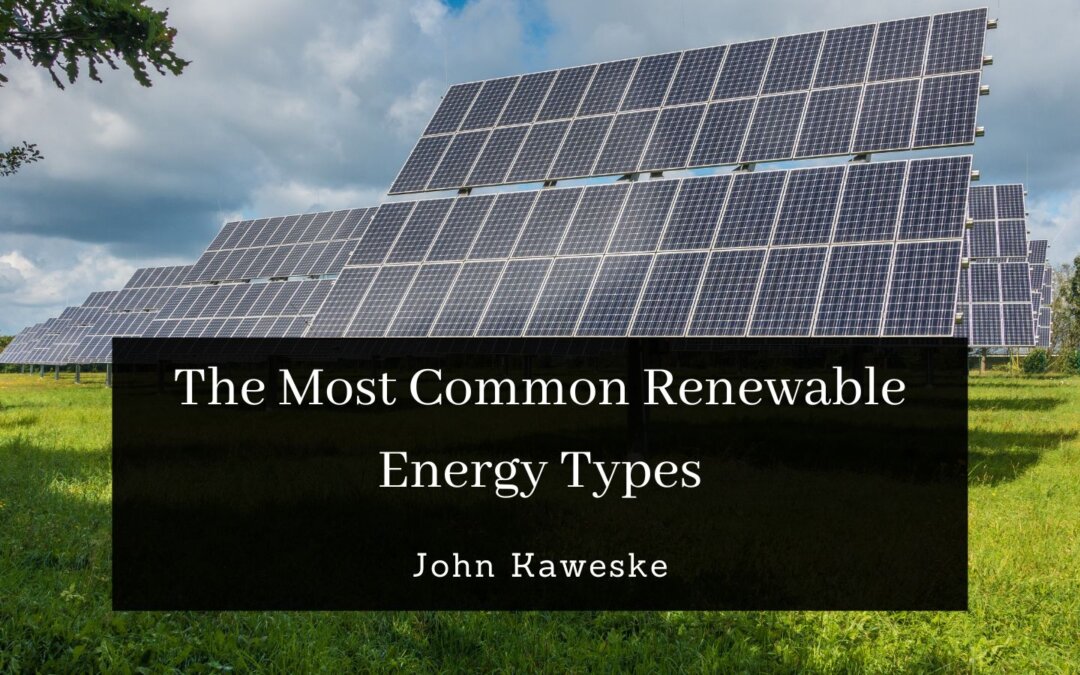Renewable energy is a rapidly growing sector that is increasingly important in meeting the world’s energy needs. Renewable energy sources are derived from natural processes that are constantly replenished, such as the sun, wind, and water. The concept has been around for thousands of years, with humans harnessing the power of the sun, wind, water, and other natural resources for their daily needs. While modern renewable energy technologies like solar panels, wind turbines, and hydropower have only gained in popularity in recent decades, the history of renewable energy dates back to ancient civilizations.
One of the earliest forms of renewable energy was wind power, first recorded in Persia around 200 BC. Windmills were used for grinding grain and pumping water and later for milling flour, sawing wood, and other tasks. By the 11th century, wind power had spread to Europe, where windmills became common in the countryside.
Solar Energy
Solar is derived from the sun’s radiation and can be harnessed using solar panels, which convert the sun’s energy into electricity. Solar energy can be used in various applications, including powering homes, businesses, and entire communities. In addition, solar energy can heat water and provide space heating.
Wind Energy
Wind energy can be harnessed using wind turbines, which convert the wind’s energy into electricity. Wind energy is often used in large-scale applications, such as wind farms, which can provide electricity to the grid. In addition, small-scale wind turbines can power individual homes and businesses.
Hydropower
Hydropower is typically harnessed using hydroelectric power plants, which use the kinetic energy of falling water to generate electricity. Hydropower is often used in large-scale applications, such as dams, which can provide electricity to the grid. In addition, small-scale hydropower systems can power individual homes and businesses.
Geothermal Energy
Geothermal energy derives from the heat of the earth’s core. It can be harnessed using geothermal power plants, which use the heat of the earth’s core to generate electricity. Geothermal energy is often used in areas with high geothermal activity, such as Iceland and parts of the United States.
Biomass Energy
Biomass energy from organic matter, such as wood, crops, and animal waste, is renewable. It can be used to heat structures, generate electricity, and produce biofuels. Biomass energy is often used in areas with abundant biomass resources, such as agricultural regions.
Renewable energy is a rapidly growing sector that is increasingly important in meeting the world’s energy needs. Solar energy, wind energy, hydropower, geothermal energy, and biomass energy are the most common types of renewable energy. Each energy source has unique characteristics and benefits and can be used in various applications. As we transition towards a more sustainable outlook, these renewable energy sources will play an increasingly important role in future energy needs.

